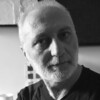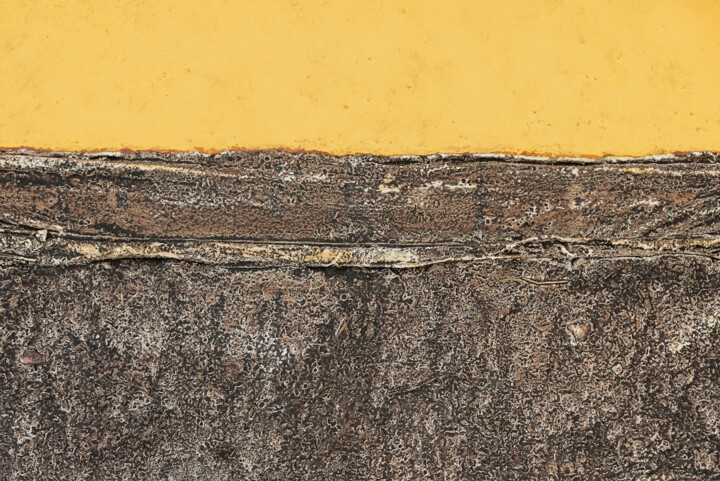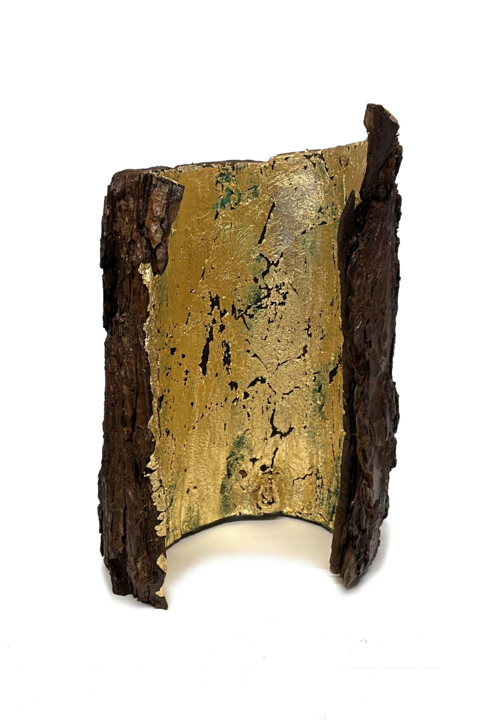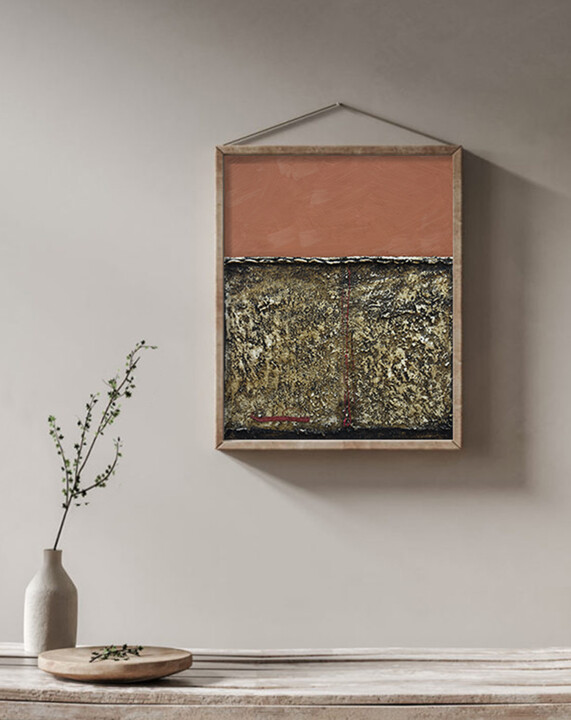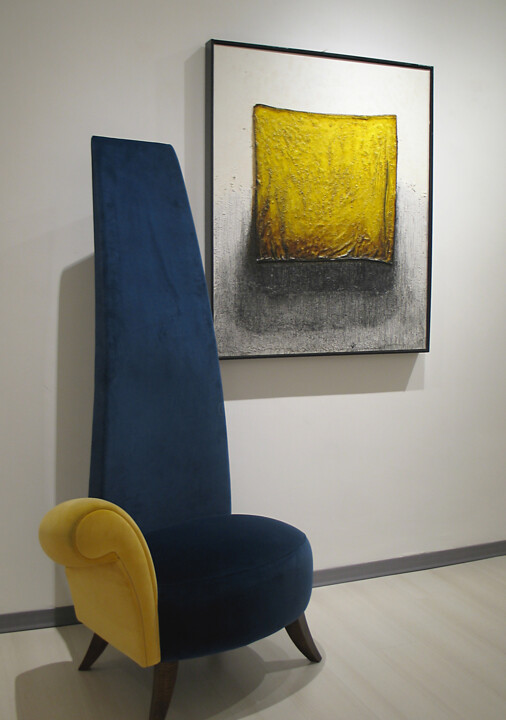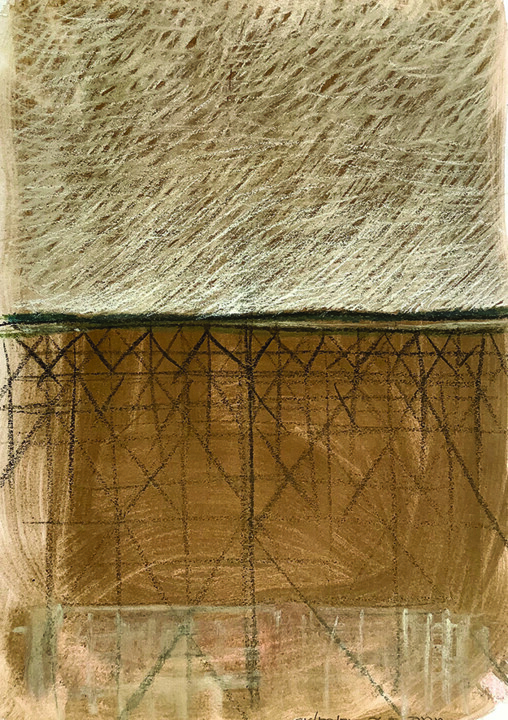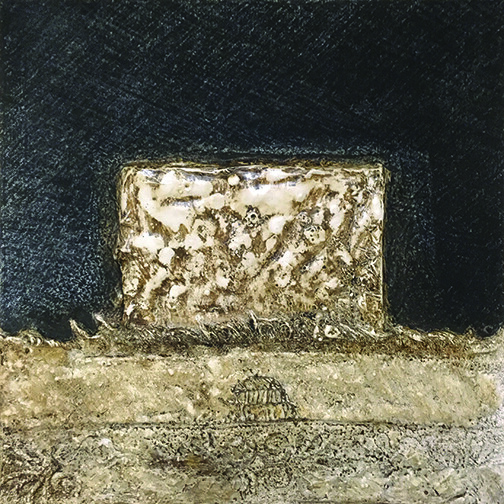What inspired you to create art and become an artist? (events, feelings, experiences...)
As a child, around the age of six, I enjoyed molding clay found near my home, and with my paternal grandfather, I would build small wooden toys.
During my teenage years, I began recreating paintings by the Macchiaioli, Impressionists, and other artists from the late 19th and early 20th centuries. At the invitation of my art and drawing teacher, I first enrolled in the Decorative Painting course at the Macerata Art Institute, and later, in 1979, I entered the Academy of Fine Arts in Macerata, where I completed my studies in Painting.
What is your artistic background, and what techniques and materials have you experimented with so far?
I started exhibiting at a young age, with my first exhibition held in an old print shop at the age of 17, together with a friend. Since then, I have held 10 solo exhibitions and participated in around 60 group shows, both in Italy and abroad. For about 30 years, I worked in visual communication agencies and studios as a creative director. Since 2016, I’ve returned to the tools of intaglio engraving, starting a careful production of low-run etching plates. I’ve never lost my interest in sculpture, photography, and printmaking techniques. My works are created using a variety of techniques, from oil to tempera grassa, from graphic techniques to frottage, from watercolor to encaustic, and from modeling to wood and stone sculpture.
What are the three aspects that set you apart from other artists, making your work unique?
- An attentive and, I would say, almost obsessive observation of nature
- The removal of elements to reach the purest possible form
- A constant exploration through techniques and a continuous reflection on the past
Where does your inspiration come from?
From nature, history, and masters of the past.
What is your artistic approach? What visions, sensations, or feelings do you wish to evoke in the viewer?
Expectation—perhaps this is the most interesting interpretation. In each piece, the ways of perceiving the painting shift: it’s open to different “angles” and experiments with unique formats, a reflection of the world of graphic design. Each composition is a simple moment or episode of an inner process of reflection, of meditation. The fragmented nature, the lines, the pauses, the slight irregularities, or asymmetries spread across the surface speak to how the experience of painting is internally felt—the need for orientation, something relatable to every human experience: man is alone, fleeting, and bewildered in a vast “visual” field.
What is the process behind creating your works? Is it spontaneous or does it involve a long preparatory process (technical, inspired by art classics, or otherwise)?
Drawing is my main ally in my work, though I don’t always rely on preparatory sketches to begin a piece. Often, I find myself drawn into a new construction of the artwork due to a reflective or evolutionary factor: a barely sketched surface, an incomplete shape, a damp stain on the wall, etc., can inevitably spark the creative process. I can’t ignore the “short circuits” that often arise during my art history lessons at the high school; often, images and fragments of works inspire me with ideas for new potential pieces.
Do you use a particular working technique? If so, can you explain it to me?
I prefer to vary, but the techniques I use most often include oil, tempera grassa, and frottage.
Are there innovative aspects in your work? Can you tell us what they are?
My works are characterized by a strong formal impact, with textured surfaces that don’t dominate but reveal a subtle and restrained presence. Color also aims to be a protagonist without too much clamor.
Is there a format or medium you feel most comfortable with? If so, why?
I feel comfortable with medium to large formats, from 70x100 cm upwards. However, I also have a considerable number of small-scale works, which are often studies and sketches for a larger format.
Where do you create your work? At home, in a shared studio, or in your own studio? And in this space, how do you organize your creative work?
I work in my home studio, which is increasingly becoming more of a studio than a home. On the ground floor, I work in four distinct areas. In a 20-square-meter space, I handle sculpture, modeling, and preparation of frames, bases for sculptures, and elements for exhibitions.
Two other rooms are dedicated to my painting work in the first and intaglio printing in the second, which also houses the archive. A transitional area between the two rooms serves as an exhibition space for my works.
Does your work require you to travel to meet new collectors or for fairs or exhibitions? If so, what motivates you to do so?
Whenever possible, I travel to meet gallery owners and collectors at exhibitions and fairs. It’s essential for potential sales and for exchanging ideas, among other things.
How do you envision the evolution of your work and your career as an artist in the future?
I’m not sure! I hope to always have the creative energy and time necessary to develop my work.
What is the theme, style, or technique of your latest artistic production?
Recently, I’ve focused on the concept of symmetries, the cracks of time, and the relationship between nature and artificiality.
Can you tell us about your most significant exhibition experience?
I fondly remember my solo exhibition in Amsterdam in 2014, particularly a letter I received from a collector after purchasing one of my works. It was a detailed description, from the first visual encounter with the work in the gallery to its placement on the wall at home and the photograph he took. The image attached to the letter has stayed with me, and it gives me the feeling of still having it at home.
If you could create a famous work in art history, which would you choose? And why?
There are several works I’d love to reproduce: The Flagellation of Christ by Piero della Francesca, created around 1450 and housed in the National Gallery of the Marche in Urbino, for its geometric and metaphysical quality.
Any Cretto by Alberto Burri, for its original technique in controlling the fragmentation of matter.
If you could invite a famous artist (living or dead) to dinner, who would it be? How would you suggest spending the evening?
I like to imagine a dinner with Osvaldo Licini, perhaps in Paris during one of his stays between 1916 and 1920, with a strong possibility of also meeting Amedeo Modigliani and a few other artists of the School of Paris.






 Olimpia Gaia Martinelli
Olimpia Gaia Martinelli
